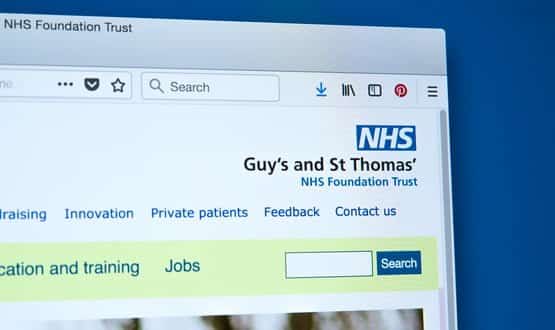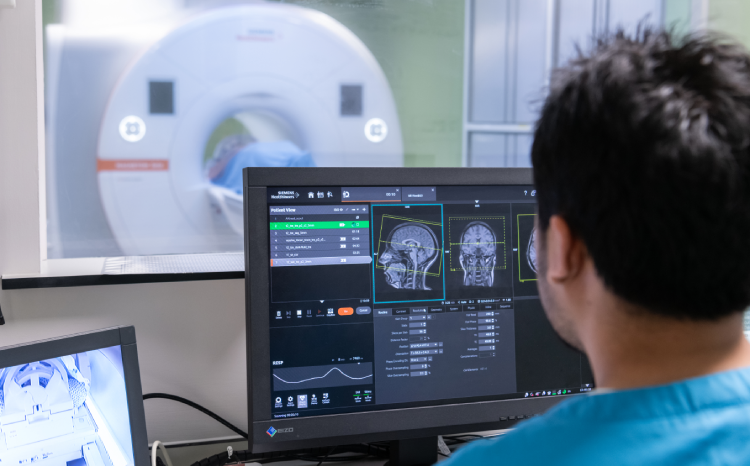Guy’s and St Thomas’ IT platform prioritises “hidden risk” diabetes patients
- 29 August 2023

An innovative IT platform developed at Guy’s and St Thomas’ can identify high risk diabetes patients who are on a waiting list, enabling them to be prioritised for urgent care and contributing to a reduction in health inequalities.
Details of the pilot project, which is funded by Guy’s and St Thomas’ Charity, were published in a new paper in Diabetes Research and Clinical Practice and show how the platform can flag “hidden risk” patients, whose condition is deteriorating, when clinicians may be unaware.
It prioritises them to get the treatment they need to stabilise their condition. Results from the project showed that of more than 4,000 people on a waiting list for diabetes appointments at Guy’s and St Thomas’, 549 (13.6%) of them were at risk of their health worsening.
Of the 101 highest risk patients the tool prioritised to be seen earlier than scheduled, 40 received treatments that reduced their risk and prevented their condition getting worse.
The proof-of-concept study also found that a disproportionate number of patients highlighted as high-risk were from minority backgrounds and lived in areas of social deprivation.
Diabetes patient George Brown, 71, has had the disease for 48 years and used to check his blood sugar levels by doing regular finger-prick tests. Under the pilot project, he was flagged as of higher risk and given a digital sensor to use.
It connects to a phone app, which regularly monitors his levels and flags any potential issues in real-time to him and also to his clinicians.
The retired electrician, from Ladywell in south east London, said: “The sensor is much easier to use than having to prick my finger. It has an alarm which tells me if my sugar levels are too low or high, and I can better manage my diabetes at the time. The sensor and the app are very easy to use, too.”
Plans are now underway for the data prioritisation tool to be used more widely in south east London and beyond, as one way of tackling health inequalities while also helping hospital teams plan appointments more efficiently.
The partnership between Guy’s & St Thomas’ Charity and the Trust’s Centre for Innovation, Transformation and Improvement (CITI) is central to the charity’s long-term focus on innovation and improvement, driving positive change for patients.
The charity has committed to further funding that will support the next phase of the programme.
Colin Kinloch, director of funding at Guy’s and St Thomas’ Charity said: “This pilot study is a brilliant example of how funding innovative technologies can lead to significant improvements in health outcomes and a reduction in health inequalities.
“We are very much looking forward to building on this award-winning pilot through the next phase of our partnership with the fantastic CITI team.”
Lots of work is being done to improve the lives of those living with diabetes. Back in May, we reported that a randomised control study has shown that using the Healum planning software and app significantly improves health outcomes for Type 2 diabetes patients.




